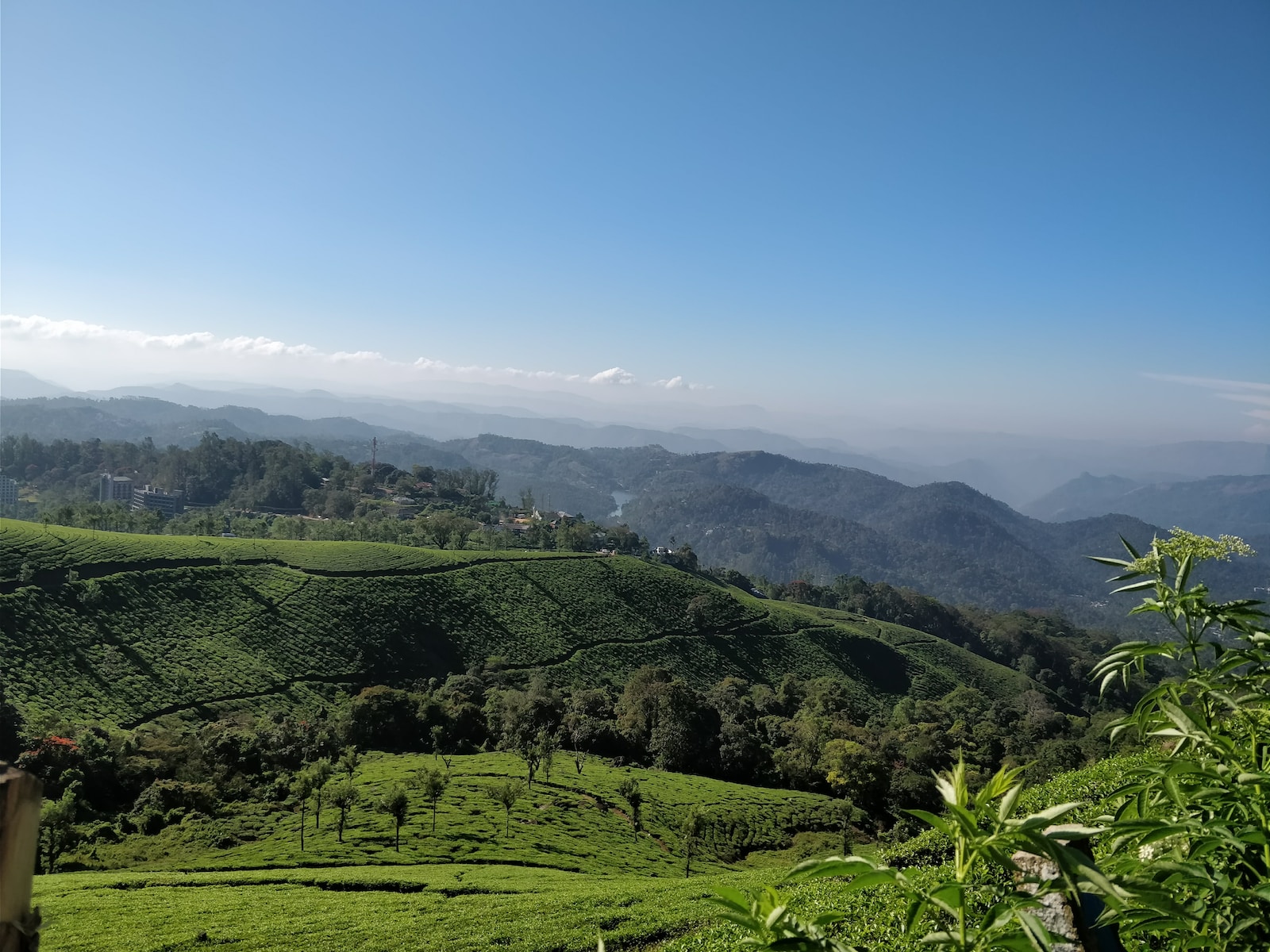Idukki is a district in the Indian state of Kerala and it is home to a unique form of construction known as building lifting. Building lifting involves taking an existing structure and raising it up with hydraulic jacks, making space for another level beneath.
This method has been used in Idukki since 1960s and has been gaining popularity due to its cost-effectiveness compared to traditional demolition and rebuilding methods.
In this article, we will discuss the benefits and challenges associated with building lifting in Idukki. We will examine how this method can be employed safely while keeping costs relatively low, as well as the potential risks that may arise.
Ultimately, we aim to provide an informed opinion on whether or not building lifting should be considered a viable option for construction projects in Idukki.
Benefits and Challenges of Building Lifting in Idukki
Constructing a lifting system in Idukki presents both opportunities and obstacles that must be carefully considered.
On the one hand, building lifting could provide substantial economic benefits to the region by increasing access to remote areas and enabling new development projects. Moreover, it could improve safety for those who live or work in high-altitude locations, as well as reduce transportation costs associated with accessing these areas.
On the other hand, implementing such a system would require significant resources and considerable capital investment. Additionally, there are environmental considerations to take into account when weighing the potential pros and cons of building lifting. For example, if the technology is not properly managed, it may cause excessive air pollution or disrupt delicate ecosystems in the area.
Given these factors, it is essential that any decision regarding building lifting in Idukki is based on careful research and accurate cost-benefit analysis of all possible outcomes. Furthermore, local stakeholders should be consulted at every stage of the process to ensure their input is taken into consideration before any construction begins.
Ultimately, only through comprehensive planning can an effective solution be identified which maximizes benefits while minimizing risks for all involved parties.
Conclusion
The benefits of building lifting in Idukki are numerous, including increased access to land and resources, improved safety standards for structures, and a reduction in infrastructure damage.
Additionally, such projects can contribute significantly to the region’s economy by creating jobs and reducing energy costs.
Despite these advantages, there remain several challenges that need to be addressed in order for building lifting initiatives to be successful.
These include obtaining necessary approvals from local authorities as well as managing engineering complexities associated with the project.
Ultimately, through proper planning and implementation of building lifting projects in Idukki, it is possible to reap the advantages while mitigating any potential risks.
In conclusion, it can be seen that building lifting initiatives have considerable potential to benefit the Idukki region if implemented correctly.
Such projects offer a promising avenue for economic development while providing improved safety standards and access to valuable land and resources.

